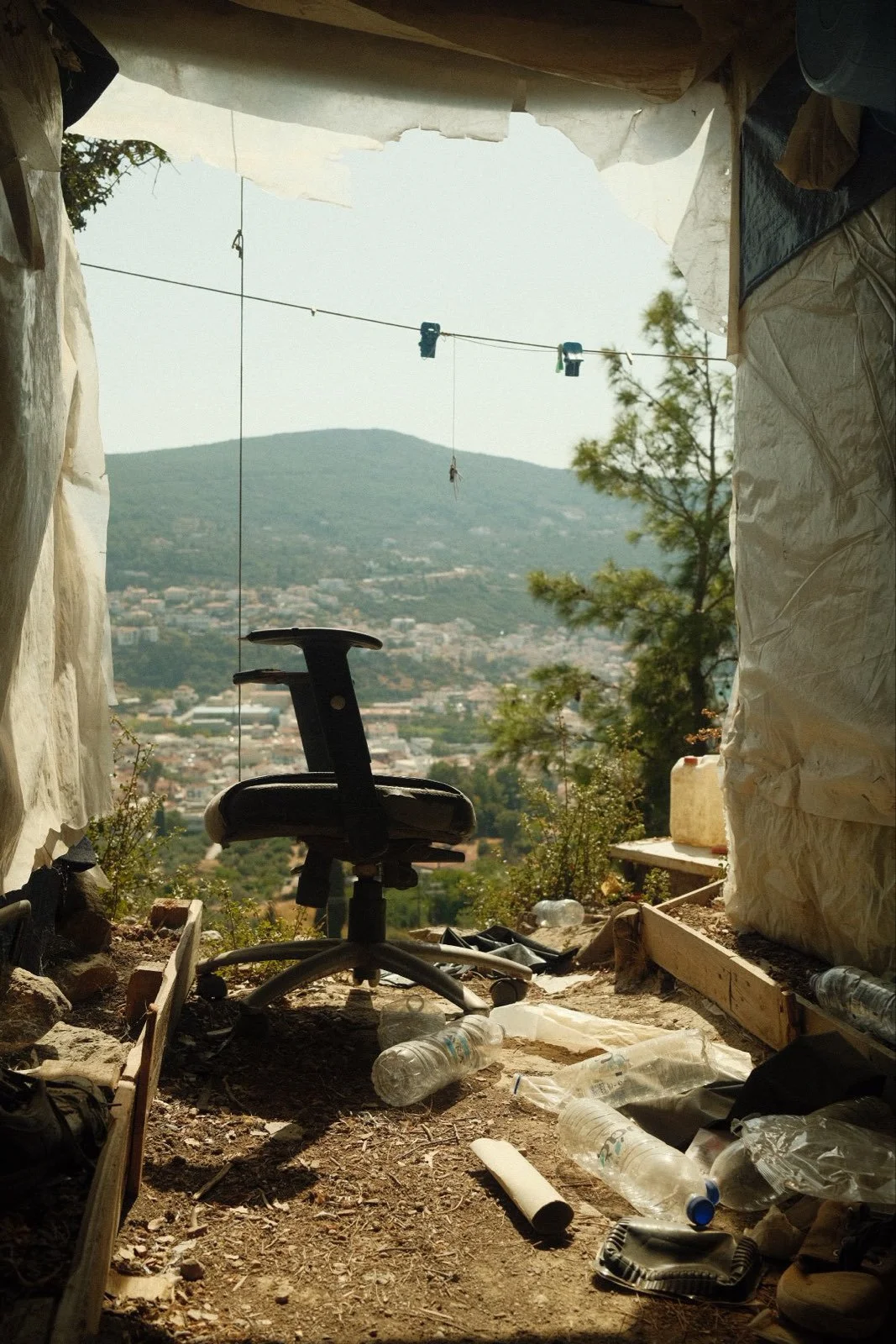Today one in every 95 people are displaced due to longstanding injuries of colonialism, ongoing economic exploitation, and newer realities of environmental degradation. While the vast majority remain in their own countries, or in countries nearby, millions will attempt journeys to wealthier countries that are both the source of their injuries and coveted destinations.
These wealthy countries, however, particularly those at the frontier with the Global South, spend exorbitantly on brutal tactics of enforcement to repel the displaced. Though the pursuit of asylum is a right sanctioned by international law, people on the move are cast as rule-breakers and criminals. They are in turn forced to make incredible sacrifices —emotionally, physically, and financially — which differ at intersections of inequalities like race, gender, or physical ability.
This multi-method project draws on ethnographic observations, interviews, and quantitative data on human mobility and state expenditures to ask what are the costs of borders? Focusing on the frontiers between Global North and South where, as Gloria Anzaldua put it, “the third world grates against the first and bleeds,” I examine borders as a series of transactions that are always costly and often deadly.
Writing from this project has appeared in public outlets such as Al Jazeera English, in articles including “The Inhumane Futility of Border Policing” and “For Women Migration is a Constant Fight,” as well as pieces on Climate Crisis Displacement and Racism and Blocked Refuge written for the Arab Center in Washington, DC.
(Image of abandoned chair in evacuated “jungle camp” in Samos taken by Fayad Mulla)

Panorma of evacuated "jungle camp" Vathy, Samos (photo credit: Heba Gowayed)
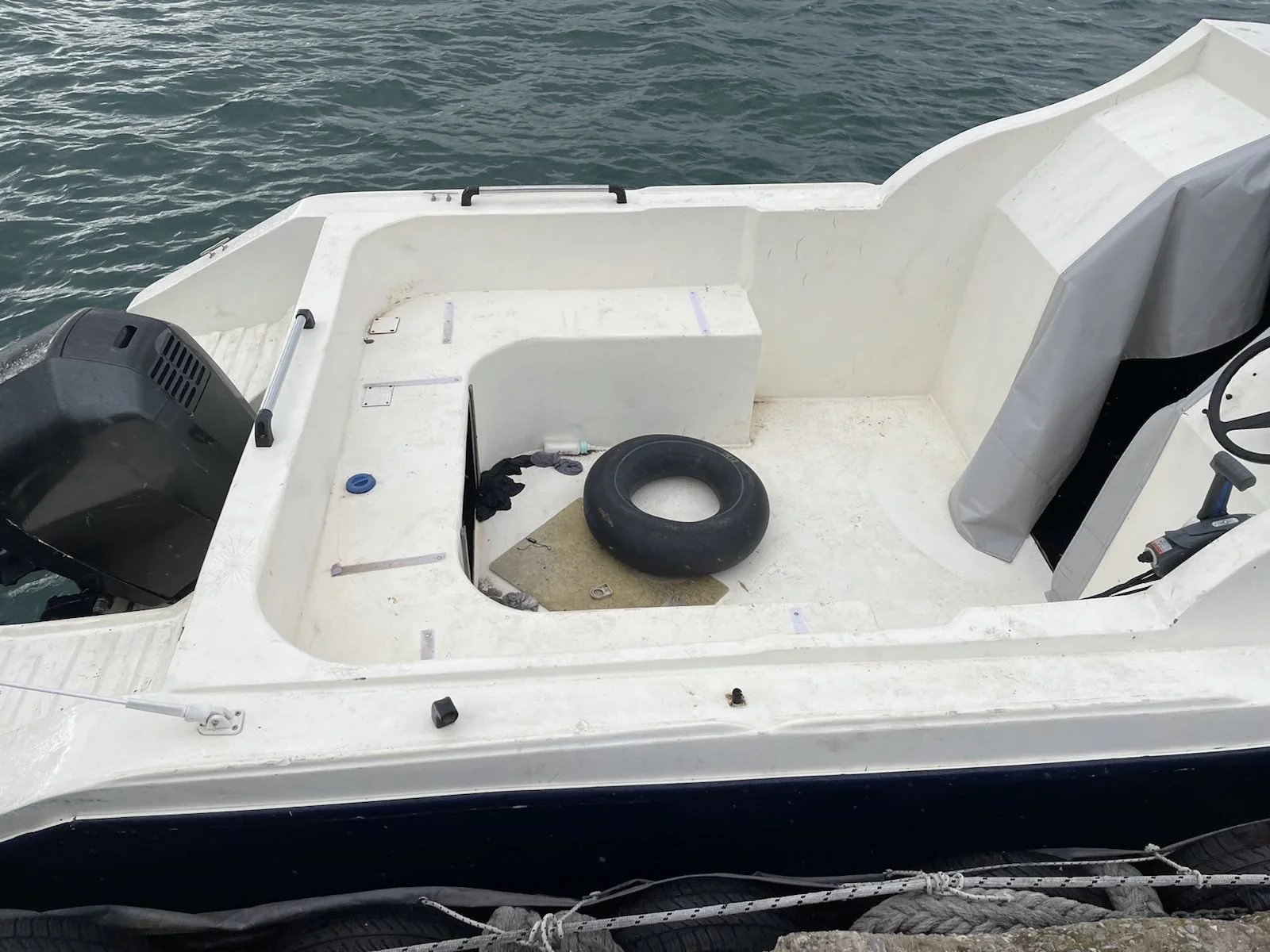
Confiscated boat in Lesvos port, baby bottle visible (photo credit: Fayad Mulla)

Conducting interview evacuated "jungle camp" Vathy, Samos (photo credit: Fayad Mulla)

Church in Rubb Hall in evacuated "jungle camp" Vathy, Samos (photo credit: Fayad Mulla)
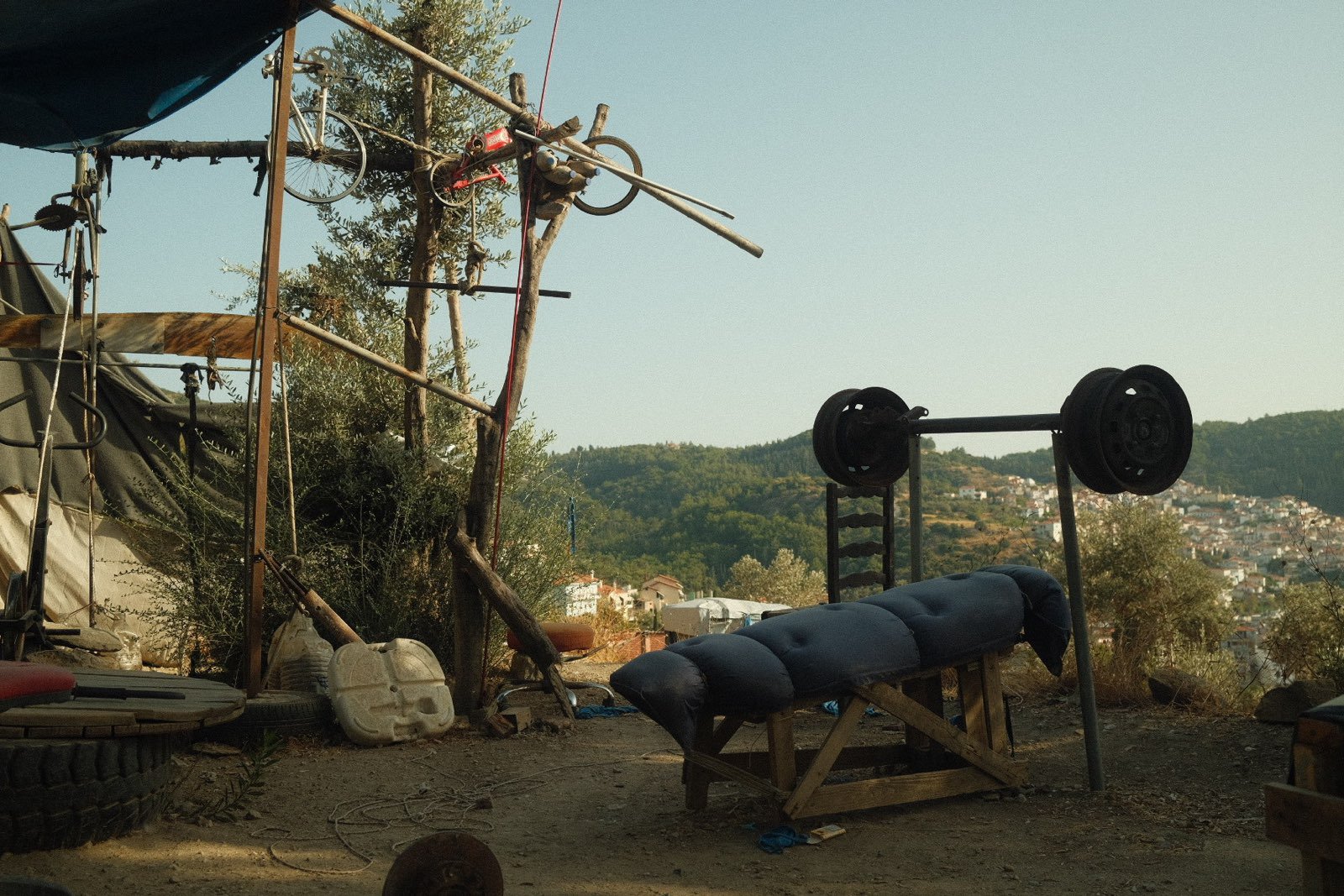
Gym in evacuated "jungle camp" Vathy, Samos (photo credit: Fayad Mulla)

Evacuated "jungle camp" Vathy, Samos (photo credit: Fayad Mulla)
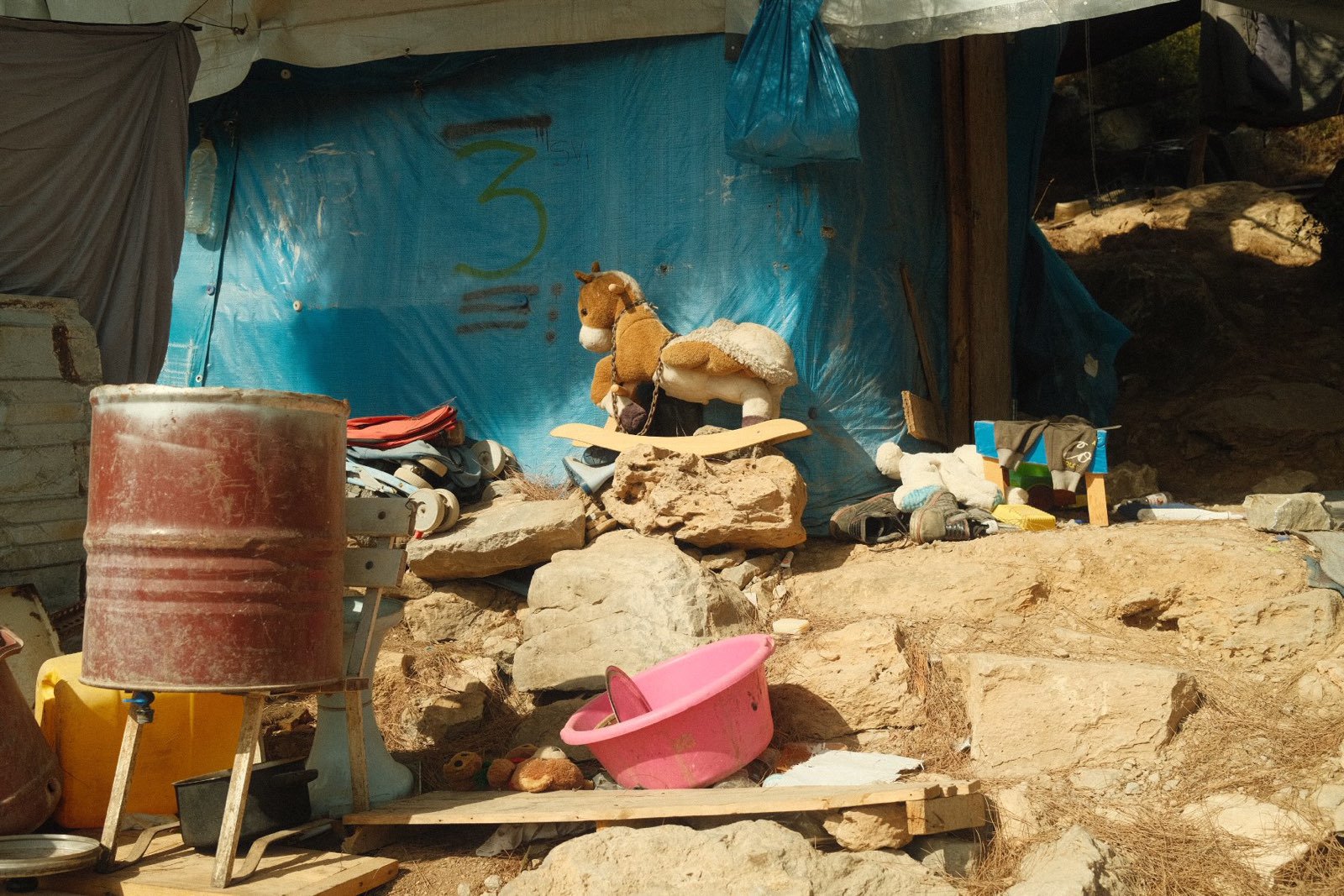
Children's toys evacuated "jungle camp" Vathy, Samos (photo credit: Fayad Mulla)
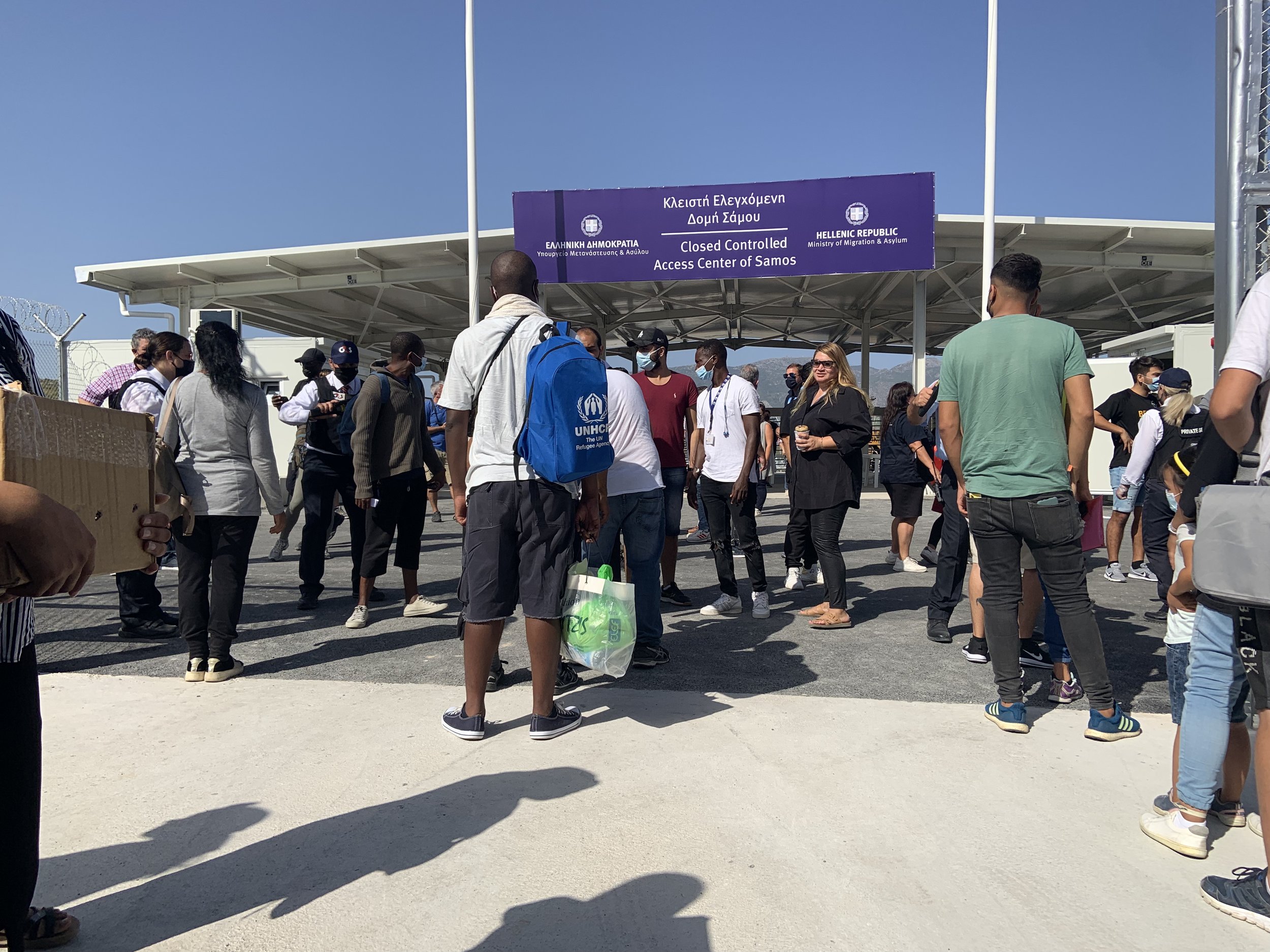
"Closed Controlled Access Camp" -- effective prison to which asylum-seekers were evacuated to in Vathy, Samos. (photo credit: Heba Gowayed)

Graffiti on the walls of Ritsona camp in Athens. (photo credit: Heba Gowayed)
